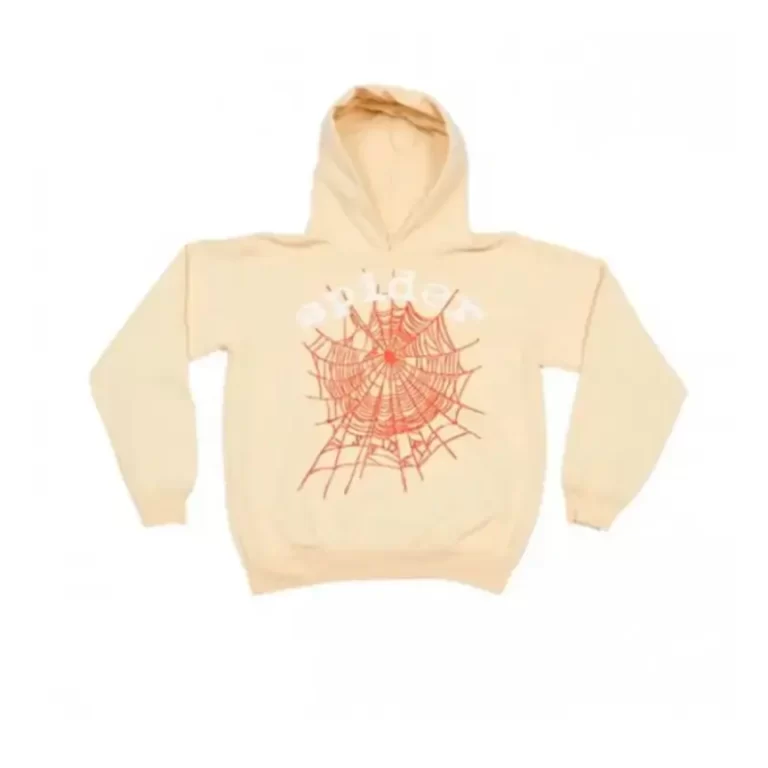Mastering the Art of Taper Designs: Creating Seamless Beauty
Taper designs have become a timeless and versatile trend in various fields, including fashion, interior decoration, graphic design, and even engineering. The art of tapering revolves around creating a smooth transition from one point to another, resulting in a seamless and aesthetically pleasing design. This article delves into the fundamentals of taper designs, exploring its applications, techniques, and the reasons behind its enduring popularity.
Understanding Taper Designs
A taper design refers to a gradual reduction in width, thickness, or size from one end to another. The transition may be subtle or bold, depending on the creative vision and desired effect. Tapering is employed in countless applications, from fashion garments like tapered pants and dresses to architectural elements like columns and moldings. It finds a place in web and graphic design, where tapers create visually appealing elements such as buttons and borders.
Applications of Taper Designs
Fashion and Apparel: Tapered clothing items, such as shirts, skirts, and trousers, are beloved for their flattering silhouette. Tapering allows designers to create garments that enhance the body’s natural curves, giving a sleek and sophisticated appearance.
Architecture and Interior Design: Tapered columns, walls, and moldings add an elegant touch to buildings and interior spaces. This design element can make rooms appear more spacious and inviting, adding a sense of grandeur to the overall aesthetic.
Graphic Design: Tapered shapes and lines are frequently used in logos, icons, and illustrations. They lend a sense of movement, depth, and style to the visuals, making them eye-catching and memorable.
Product Design: Tapered objects, such as vases, candleholders, and furniture legs, exude a sense of balance and refinement, making them highly sought after in the design world.
Techniques for Creating Taper Designs
Linear Tapering: In this technique, the width or thickness gradually decreases in a straight line from one end to another. It is a simple yet effective way to achieve a taper design, commonly used in fashion and graphic design.
Curved Tapering: This method involves creating a gradual reduction in width or thickness along a curved path. It is frequently seen in architectural elements like columns and also adds elegance to product designs.
Exponential Tapering: Exponential tapers involve a more rapid decrease in width or thickness. This technique is often used in engineering and manufacturing to ensure optimal performance and distribution of stress.
Reasons for the Popularity of Taper Designs
Timelessness: Taper designs have been employed throughout history, from ancient Greek architecture to contemporary fashion shows. Their enduring appeal lies in their ability to blend seamlessly with various design styles and stand the test of time.
Aesthetic Appeal: Taper designs create a sense of grace and flow, attracting the human eye and evoking a feeling of harmony. They are captivating and add a touch of sophistication to any creation.
Versatility: Tapering can be adapted to suit a broad range of design applications, offering designers ample opportunities for creativity and innovation.
Conclusion
Taper designs are a testament to the marriage of aesthetics and functionality. Whether in fashion, architecture, graphic design, or product manufacturing, tapers remain an evergreen element that enhances the appeal of any creation. Understanding the techniques and applications of taper designs empowers designers to master this art form and create visually stunning and harmonious designs that captivate audiences for generations to come.
To Get More Information About Taper Designs Visit Hint






